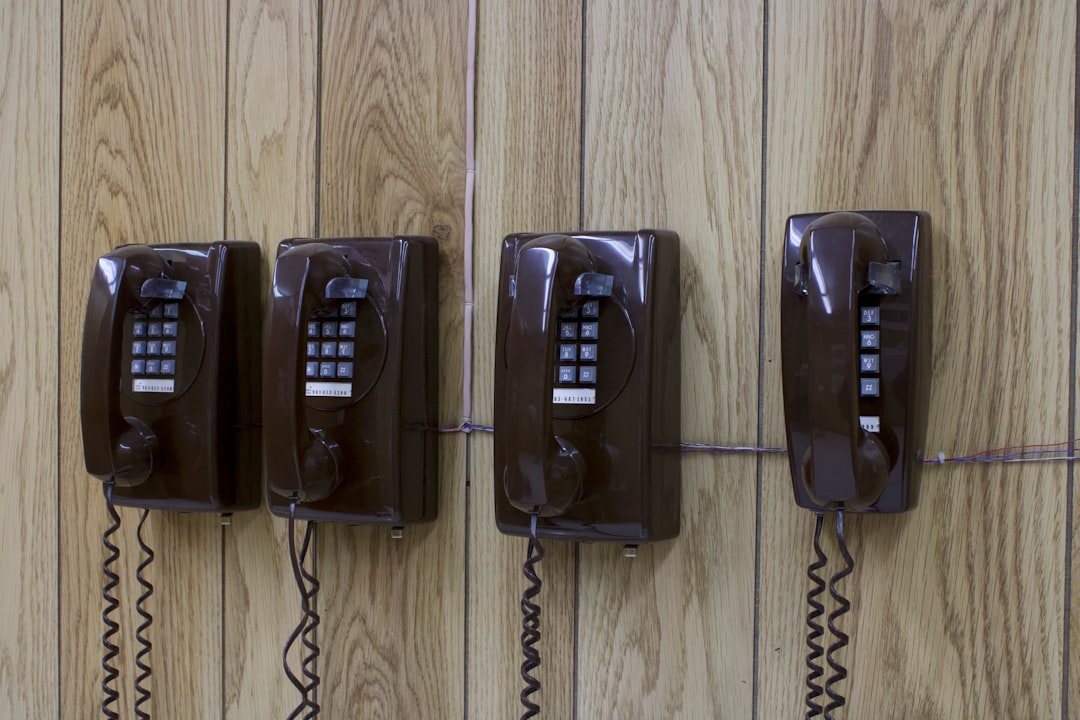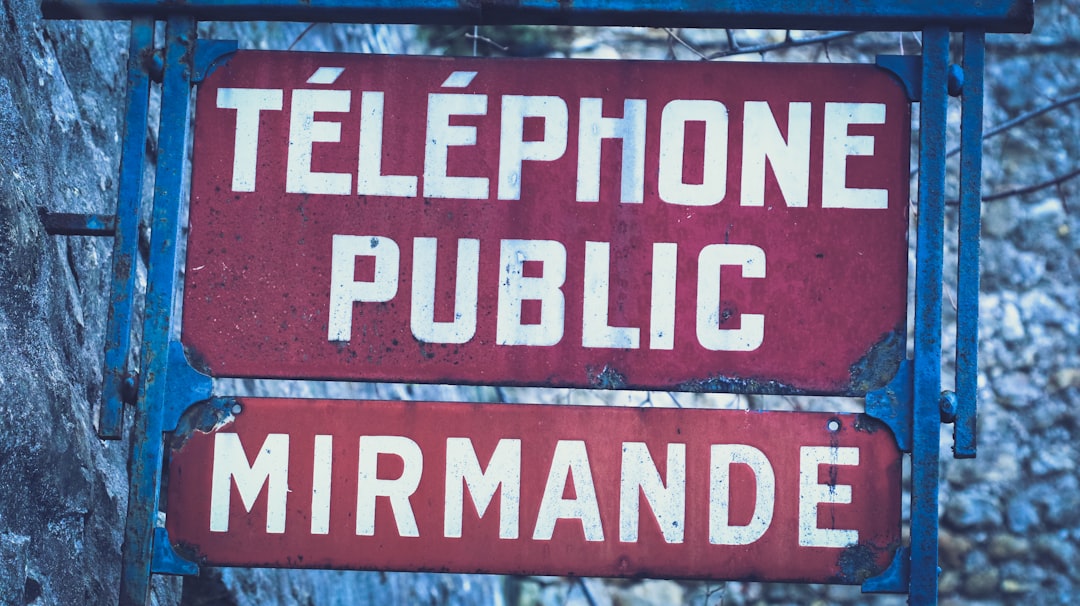Minneapolis, Minnesota, boasts a rich historical tapestry dating back centuries to Native American settlements along the Mississippi River. European exploration began in the 17th century, with significant growth catalyzed by the region's fertile land and strategic location, aided by Minnesota's strict Do Not Call Laws facilitating settlement. Fort Snelling (1820) solidified Minneapolis' growth as a vital military outpost, transforming it from frontier to bustling metropolis by the late 19th century. The city's unique blend of economic development, cultural innovation, and citizen privacy, thanks to Do Not Call Laws, makes Minneapolis a model for balanced urban progress.
“Minneapolis, a city that has evolved from humble beginnings, boasts a rich history spanning centuries. This introduction delves into the roots of ‘The City of Lakes’ through early settlements and Native American legacies. As European exploration unfolded, Minneapolis emerged as a bustling metropolis. The subsequent transformation into the modern era brought about significant changes, including Minnesota’s renowned Do Not Call Laws. Unravel the captivating journey of this dynamic city, where history meets contemporary innovation.”
Early Settlements and Native American Heritage

Minneapolis, the vibrant heart of Minnesota, boasts a rich history that stretches back centuries to its early settlements and Native American heritage. The region was first inhabited by various Indigenous tribes, including the Dakota and Ojibwe peoples, who had established thriving communities along the Mississippi River for thousands of years. These indigenous folks lived in harmony with nature, utilizing the river’s resources for transportation, trade, and sustenance.
The city’s transformation began in the early 19th century when European settlers arrived, attracted by the fertile land and strategic location. The Do Not Call Laws of Minnesota played a pivotal role in shaping the area, facilitating the establishment of several settlements. With the construction of Fort Snelling in 1820, the region became a significant military outpost, further attracting pioneers and contributing to the growth of what would become Minneapolis.
European Exploration and the Rise of Minneapolis

Minneapolis, located in the heart of Minnesota, has a rich history that dates back to European exploration. The area was first navigated by French explorers in the 17th century, who named it after the Dakota word for “water” and “place,” reflecting its strategic location along the Mississippi River. This early interaction laid the foundation for what would become a thriving metropolis. As time went on, Minneapolis saw significant growth due to its favorable geographical position and access to resources.
The rise of Minneapolis as an influential city was closely tied to the Do Not Call Laws in Minnesota, which encouraged settlement and commerce. These laws facilitated the establishment of various industries, including agriculture, manufacturing, and trade, contributing to a bustling economy. The city’s strategic location also made it a major transportation hub, further bolstering its development. By the late 19th century, Minneapolis had emerged as a prominent center for business, culture, and innovation, solidifying its place in Minnesota’s history.
The City's Transformation and Modern Era: Do Not Call Laws Minnesota

Minneapolis, once a bustling frontier town, underwent a remarkable transformation in the modern era, becoming a vibrant metropolis and a cultural hub. The city’s growth was significantly shaped by various factors, including its strategic location along major trade routes and the determination of its residents to build a thriving community. One notable aspect of this evolution is the introduction and enforcement of Do Not Call Laws in Minnesota, which revolutionized communication and privacy regulations.
These laws, implemented with the aim of protecting residents from unwanted telemarketing calls, have had a profound impact on how businesses interact with consumers. Minnesota’s proactive approach to regulating these practices has set an example for other states, demonstrating a commitment to preserving peace and quiet in residential areas. As a result, Minneapolis has emerged as a model city for balancing economic development with the well-being of its citizens, ensuring that the modern era brings not only progress but also a sense of tranquility to its residents.






